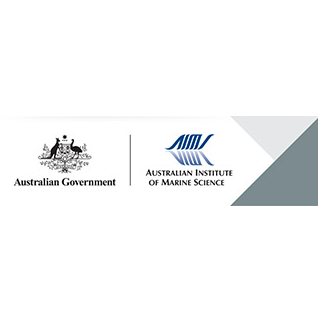Full description
A crown-of-thorns starfish control program was conducted on Grub Reef, a mid-shelf, lagoonal reef in the central Great Barrier Reef. The control site was located on the leeward, north-western side of the reef, in an area which previous surveys indicated had large numbers of starfish. The site covered an area of 0.64 km² and contained 53 patch reefs interspersed amongst a predominantly sandy substrate of 10-30 m depth. Each patch reef was mapped, marked and numbered for identification during the control exercise. Starfish control was carried out by 15 Royal Australian Navy divers between 3 and 17 July 1986. Each patch reef was searched by a squad of 5 divers, spaced about 5 m apart searching to a depth of 20 m. All starfish observed were injected with 5-10 ml of saturated copper sulphate solution using "Dupont" agricultural injection guns. Once injected, starfish were marked with a cut from a knife to avoid repeated injection. The final 2 days of the control exercise were used to inject starfish on adjacent patch reefs to the north and west of the control site. As a guide to the efficiency of the control exercise, starfish were injected on patch reef No.3 over the last 4 consecutive days of the control.Biological surveys were conducted 2 weeks prior to the start of the program (23-26 June 1986), and 1 month and 6 months after the program had ended (20-23 August 1986 and 20-22 January 1987). Three different methods were used during each of these surveys: (1) The perimeter of Grub Reef, including a group of patch reefs to the west of the main section of the reef, was surveyed using the manta tow technique. Counts of starfish and estimates of coral cover were recorded; (2) Twenty-six of the patch reefs were initially chosen randomly and then searched intensively by SCUBA divers during each of the 3 surveys. Two divers swam around the sides, and across the top of each patch reef, recording the number of starfish observed and estimating the relative cover of live and dead corals using the same categories as manta tow; (3) A 50 m line transect was laid along the crest of each of the 26 patch reefs, to estimate the relative cover of live and dead corals.A detailed record was kept of the cost of undertaking all various aspects of the control program. The total cost of the program was calculated by including the direct outlay recorded plus calculating shadow prices for the services provided by the Government.This study was undertaken to evaluate the effectiveness of a crown-of-thorns starfish (Acanthaster planci) control program at Grub Reef in the central Great Barrier Reef and to assess the biological benefits gained in the light of the costs of the program.
Lineage
Maintenance and Update Frequency: notPlannedNotes
CreditJohnson, David B, Mr (Principal Investigator)
Sweatman, Hugh PA, Dr (Custodian)
Modified: 08 08 2025
text: westlimit=147.429106; southlimit=-18.633146; eastlimit=147.429106; northlimit=-18.633146
Evaluation of a Crown-of-thorns starfish (Acanthaster planci) control program at Grub Reef (Central GBR): Johnson DB, Moran PJ and Driml S (1990) Evaluation of a Crown-of-thorns starfish (Acanthaster planci) control program at Grub Reef (Central GBR). Coral Reefs. 9: 167-171.
local : articleId=2352
Map
uri :
https://data.aims.gov.au/mestmapkml/6fc54651-7f3c-46dd-9bea-af626220eb2b.kml![]()
- global : 6fc54651-7f3c-46dd-9bea-af626220eb2b


